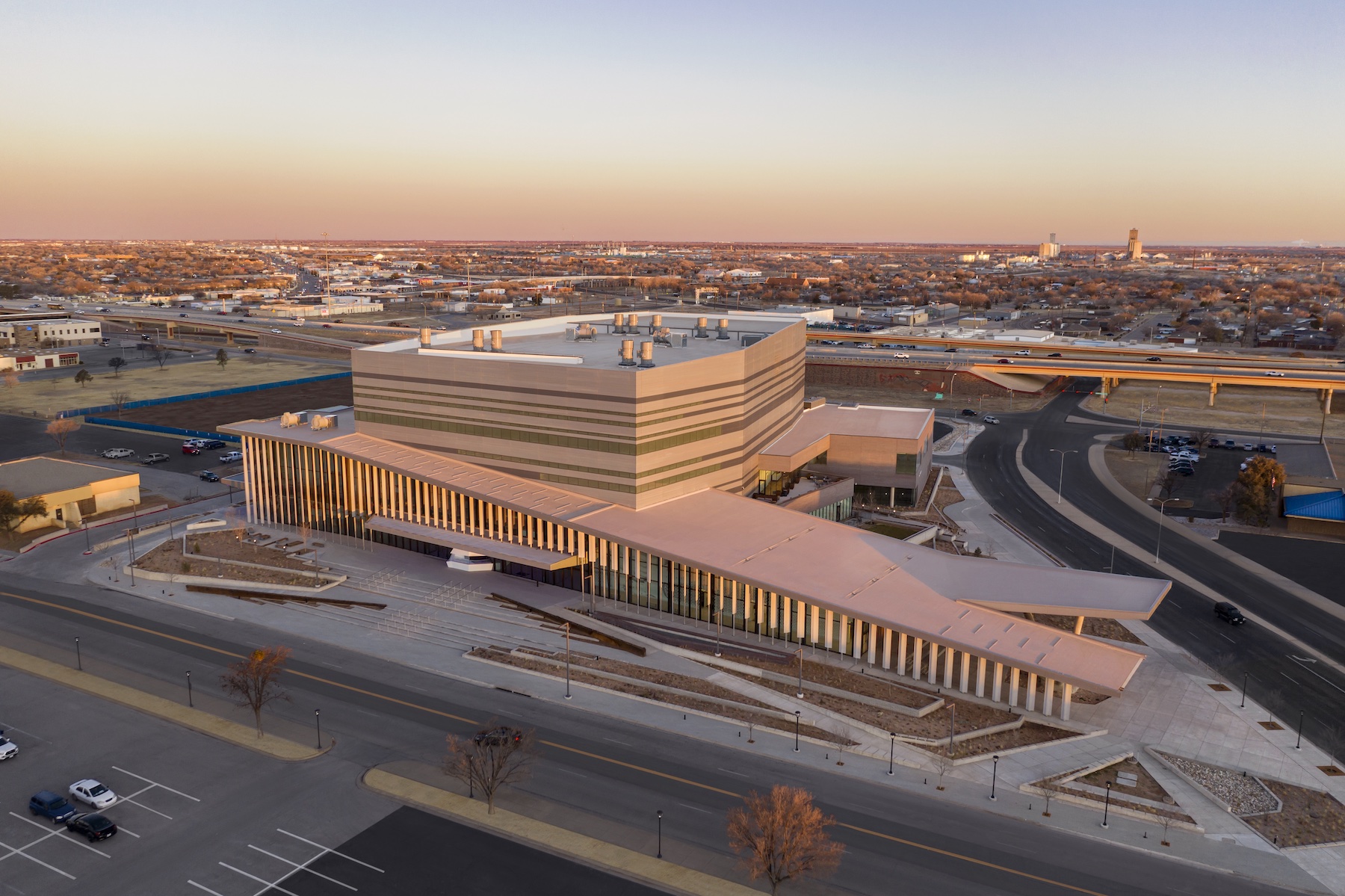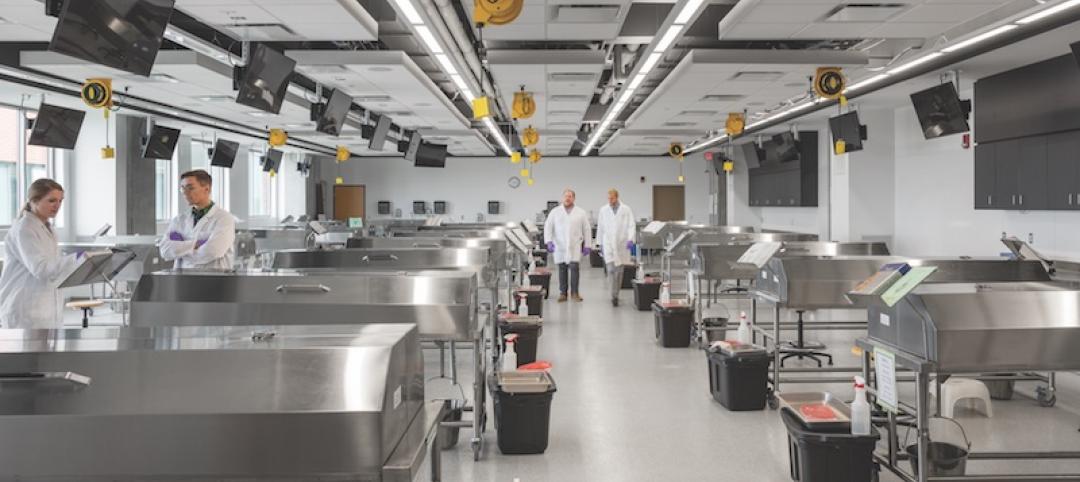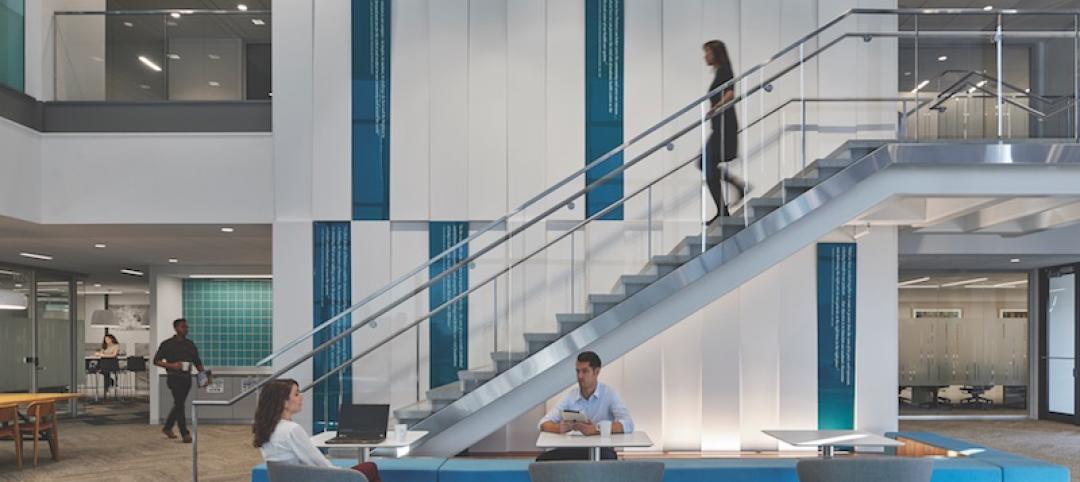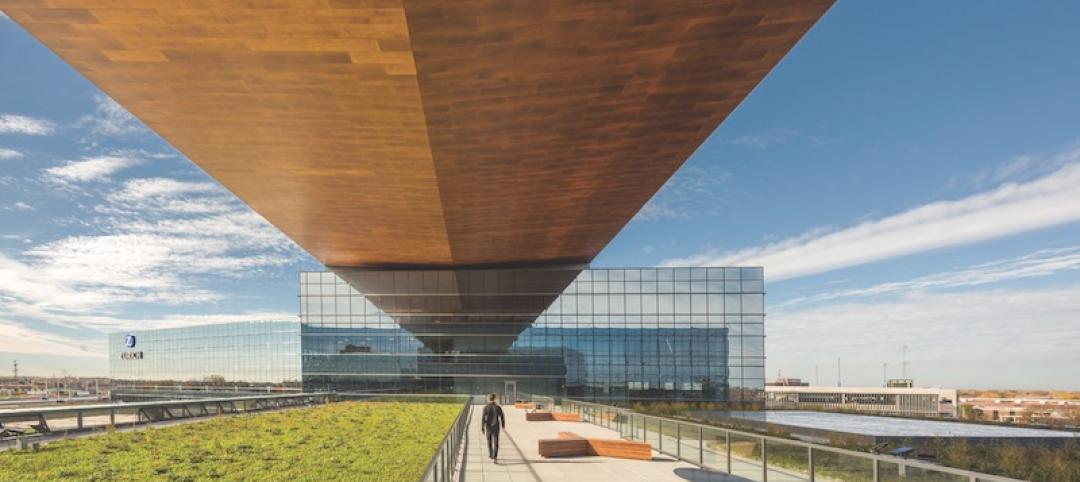SILVER AWARD
Buddy Holly Hall of Performing Arts and Sciences, Lubbock, Texas
Project Information
Project size: 218,000 sf
Project cost: $158 million
Construction time: April 2017 – February 2021
Delivery method: Alternate Financing and Procurement
Building Team
Submitting firm: Diamond Schmitt Architects
Owner/developer: Garfield/Public Private LLC
Client: Lubbock Entertainment and Performing Arts Association
Architect: Diamond Schmitt Architects
Architect of record: Parkhill
Associate architect: MWM Architects
Structural engineers: Entuitive, MWM Architects, Parkhill
General contractor: Lee Lewis Construction
Acoustics, AV, IT consultant: Jaffe Holden Acoustics
Mechanical engineers: Crossey Engineering, Parkhill
Plumbing engineer: Parkhill
Theater planners and consultants: Schuler Shook
Market and business planning consultant: Webb Management Services
Judges’ comments
“Collaborative mix of clients, as well as collaborative design/engineering team, are very impressive. Stair seemed to be a complex and impressive design solution.”
Essay from Diamond Schmitt Architects
Buddy Holly Hall, the largest performing space in West Texas, combines multiple user groups into one facility, including the Lubbock Independent School District, the Lubbock Symphony Orchestra, and Ballet Lubbock, along with a variety of professional touring productions.
Extensive stakeholder engagement
This project dates back to 2013, and was informed by a market study conducted by Schuler Shook that concluded that Lubbock’s existing buildings were not adequate to meet the community’s needs.
The project was abetted by extensive stakeholder and user engagement. Dozens of meetings and charrettes conducted with stakeholders helped to develop a blueprint about how to proceed. The client formed a 501(c)(3) ownership and fundraising entity, and engaged Garfield as the developer to select the building team. The project’s architect Diamond Schmitt came on board in 2014.
Project team collaboration
The decision to engage the building’s operator early in the design process was invaluable to the team delivering a design that was operationally efficient and cost effective. Periodic estimates were performed independently by the GC and a cost estimator. The developer, architect, and GC managed the change order process based partly on ROI analysis.
The project’s structural engineering team worked within one Revit model, and produced a consolidated set of construction documents. Another example of teamwork: the stage, where extensive rigging and lighting required additional performance steel for galleries, loft beams, catwalks, and the grid iron.
Collaboration was the key to reducing the cost of this project from its original estimate of $225 million. It also played a role in the decision of the Lubbock Independent School District to enter into a usage contract with Buddy Holly Hall rather than build its own stand-alone 70,000-sf performing arts center that would have cost the district $30 million.
Multipurpose facility
Buddy Holly Hall has numerous distinguishing features that include:
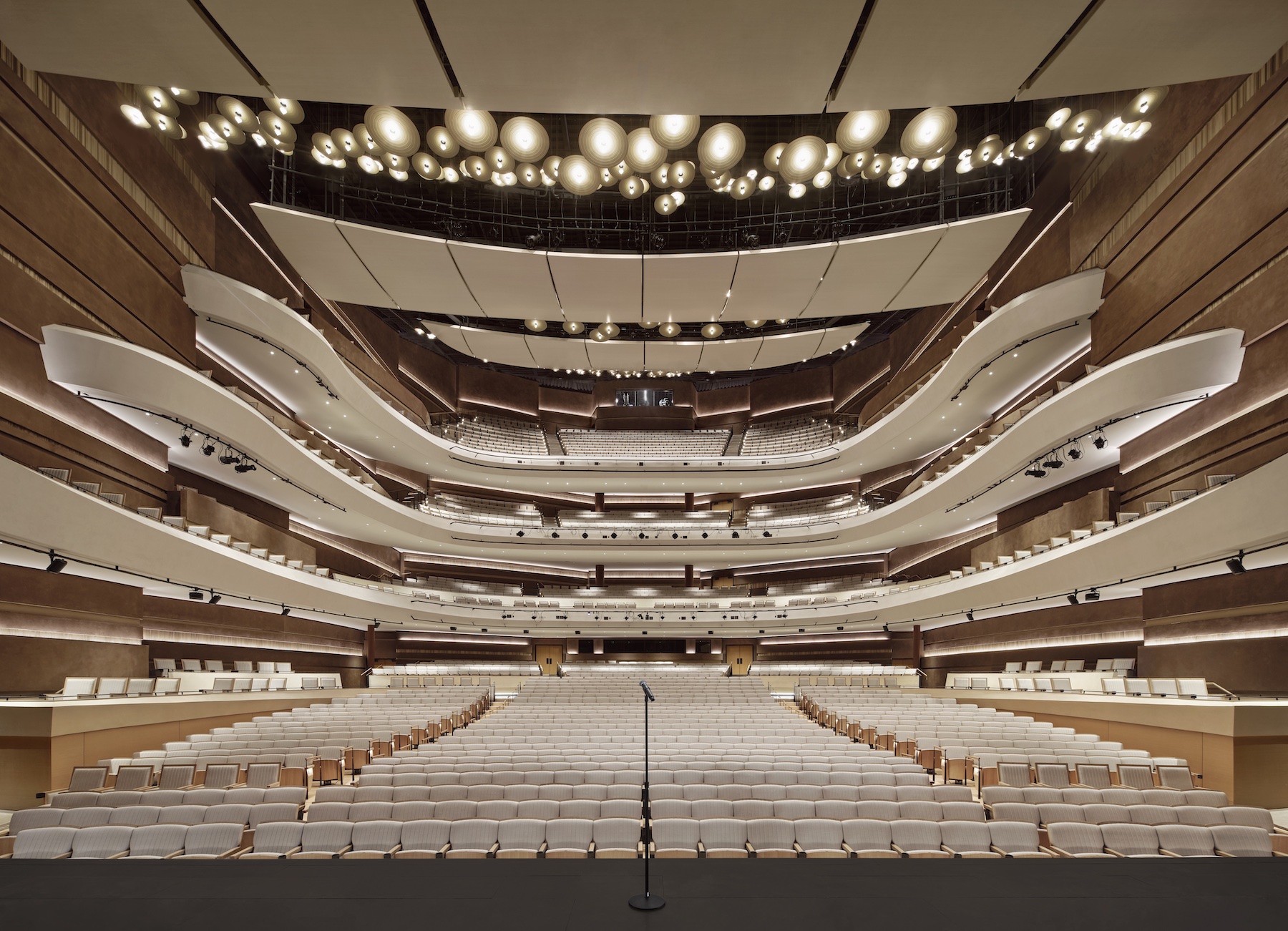
•The 2,297-seat Helen DeVItt Jones Theater, with a 12,000-sf main lobby whose wall depicts the musician Buddy Holly playing his Stratocaster. The sculpture, by local artist Brad Oldham, weaves together 9,000 aluminum brushed bronze guitar picks into an image of the Hall’s namesake. Its balconies are framed with structural steel rather than concrete; this was only achievable through 3D modeling.
The theater is a curved saddle shape, and structural steel had to be bent to fit the curvature. Columns were placed in the back of the hall, which meant the balcony rakers cantilever out up to 31 ft 6 inches. The theater has been engineered to provide each theatergoer with an unobstructed view of the stage, and can be reconfigured for different programming.
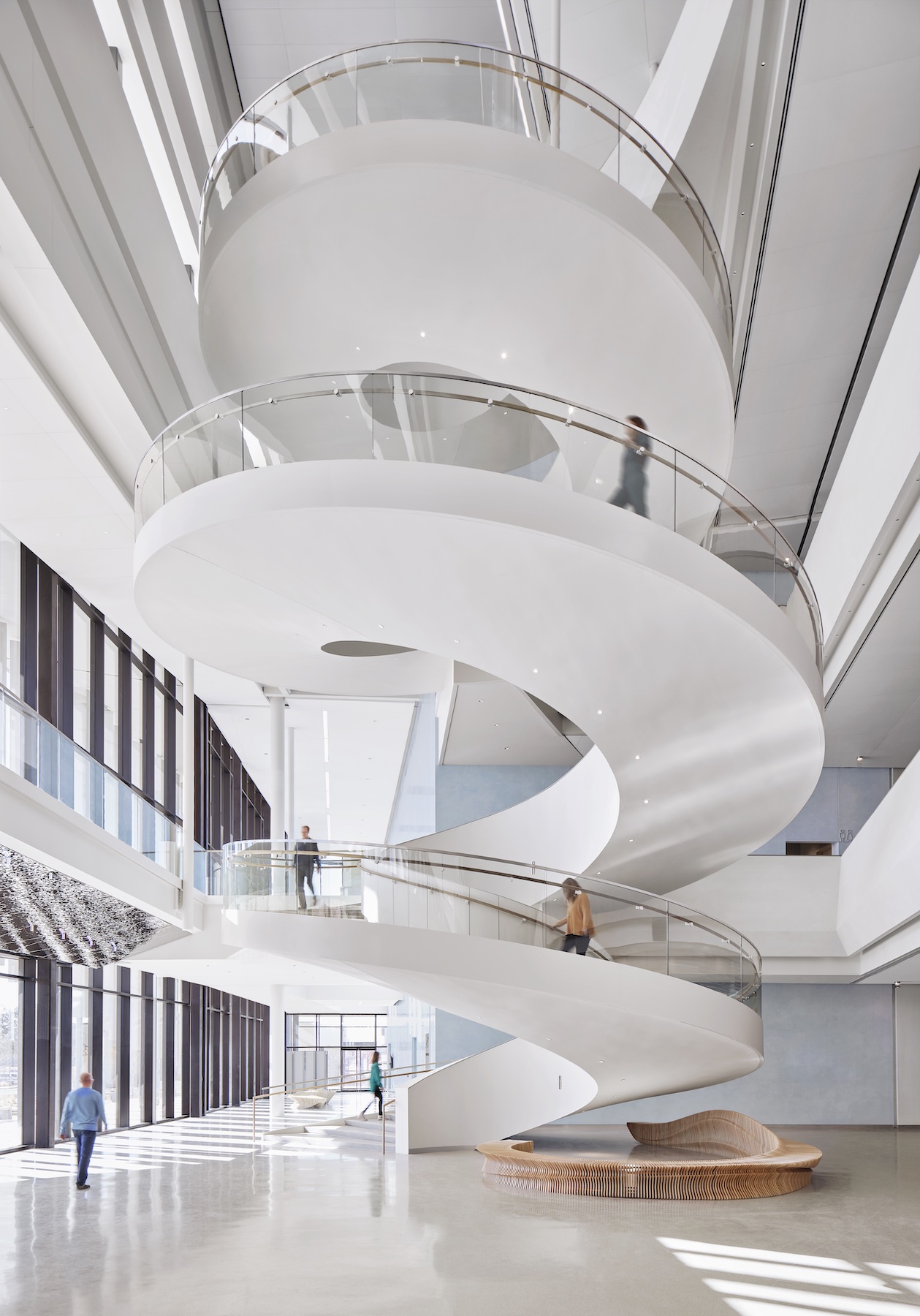
•A dramatic helical staircase in the main lobby is over 56 ft tall across three stories, and features a central spine that supports cantilevering stair treads that vary in length between 8 and 14 ft. The stair weighs about 145 tons, and is constructed from Hollow Structural Sections and steel plate. The HSS had to be bent in two directions to achieve the desired effect. The construction mitigated vibration through engineering and dampers.
•The Bird’s Tail, a 64x90-ft covered outdoor venue space, which is supported by only one column that splays out at four acute angles. (One of the Hall’s multipurpose rooms opens to the Bird’s Tail in the east.)
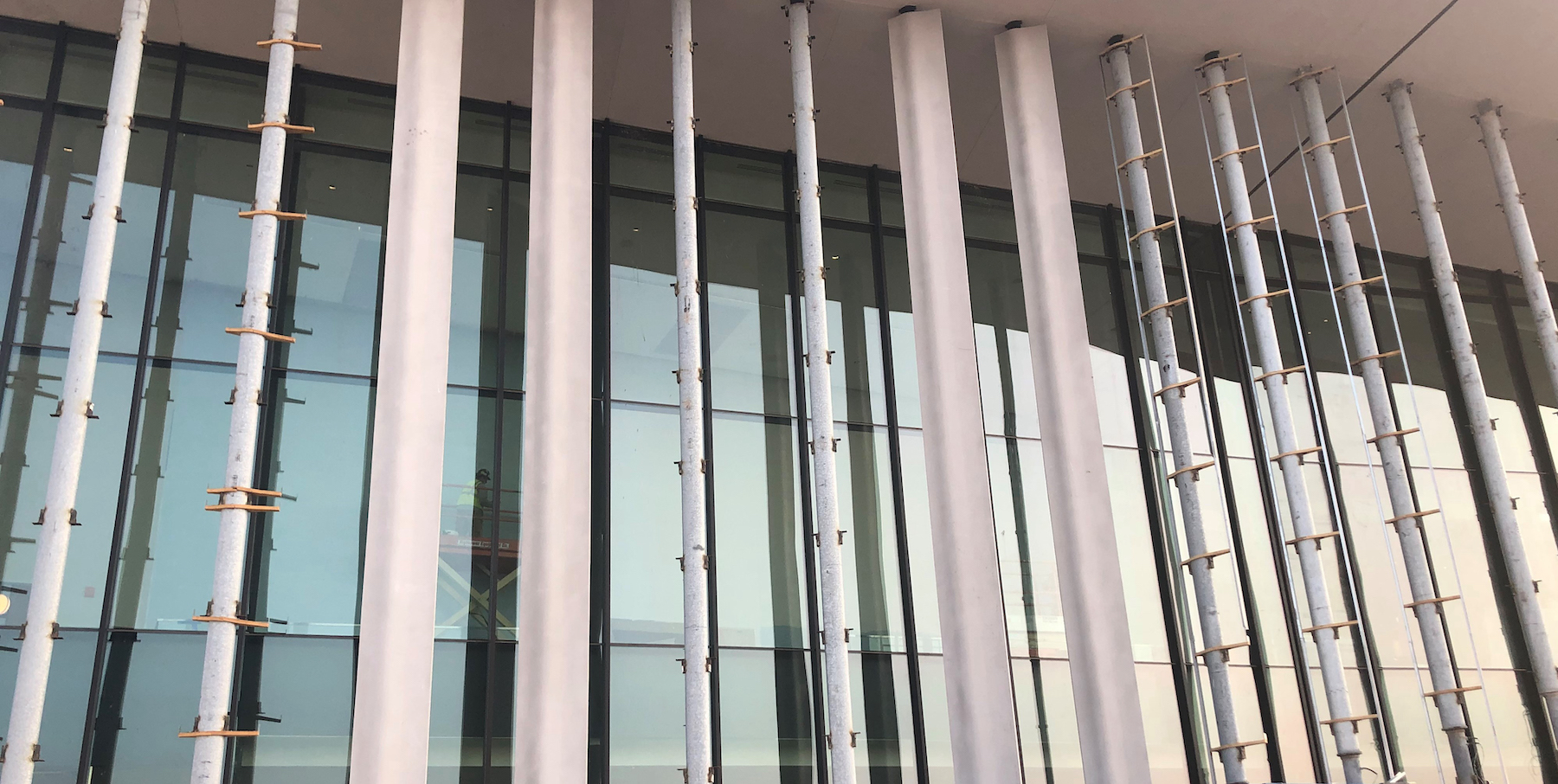
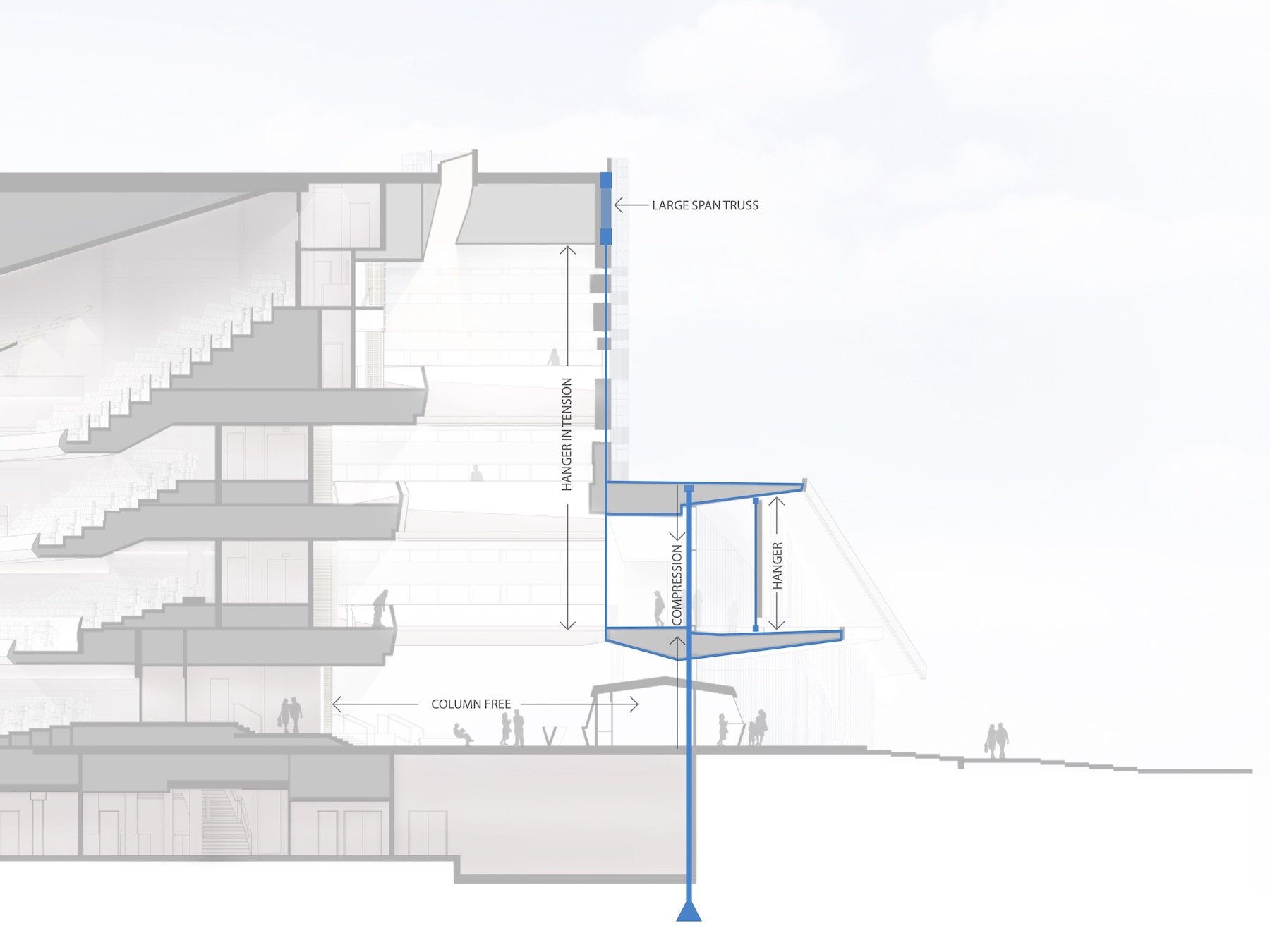 •The Hall’s use of glass at ground-level entrances creates an inviting and seamless transition for visitors coming and going. A truss that spans over 153 ft supports the roof and keeps the lobby column free. Hangers extend from the truss to support exterior cladding, a combination of solid panels and linear windows.
•The Hall’s use of glass at ground-level entrances creates an inviting and seamless transition for visitors coming and going. A truss that spans over 153 ft supports the roof and keeps the lobby column free. Hangers extend from the truss to support exterior cladding, a combination of solid panels and linear windows.
From the second level floor, custom-tapered plate girders cantilever out 25 ft to form the main entrance canopy that supports the fins.
•Targeting LEED Silver, the building’s façade balances various approaches to creating shade to counter Lubbock’s extreme temperature fluctuations. A long overhang, angled concrete trim, and deep set ribbon windows all act as architectural drapery to cool the building and filter light without obstructing the views of the wide vistas surrounding the Hall.
•The more intimate, 415-seat Crickets Theater, named after Buddy Holly’s band, has 53-ft-tall tilt-up concrete walls that are formed with acoustically determined horizontal waves on the interior that perform structurally and act as a finished surface.
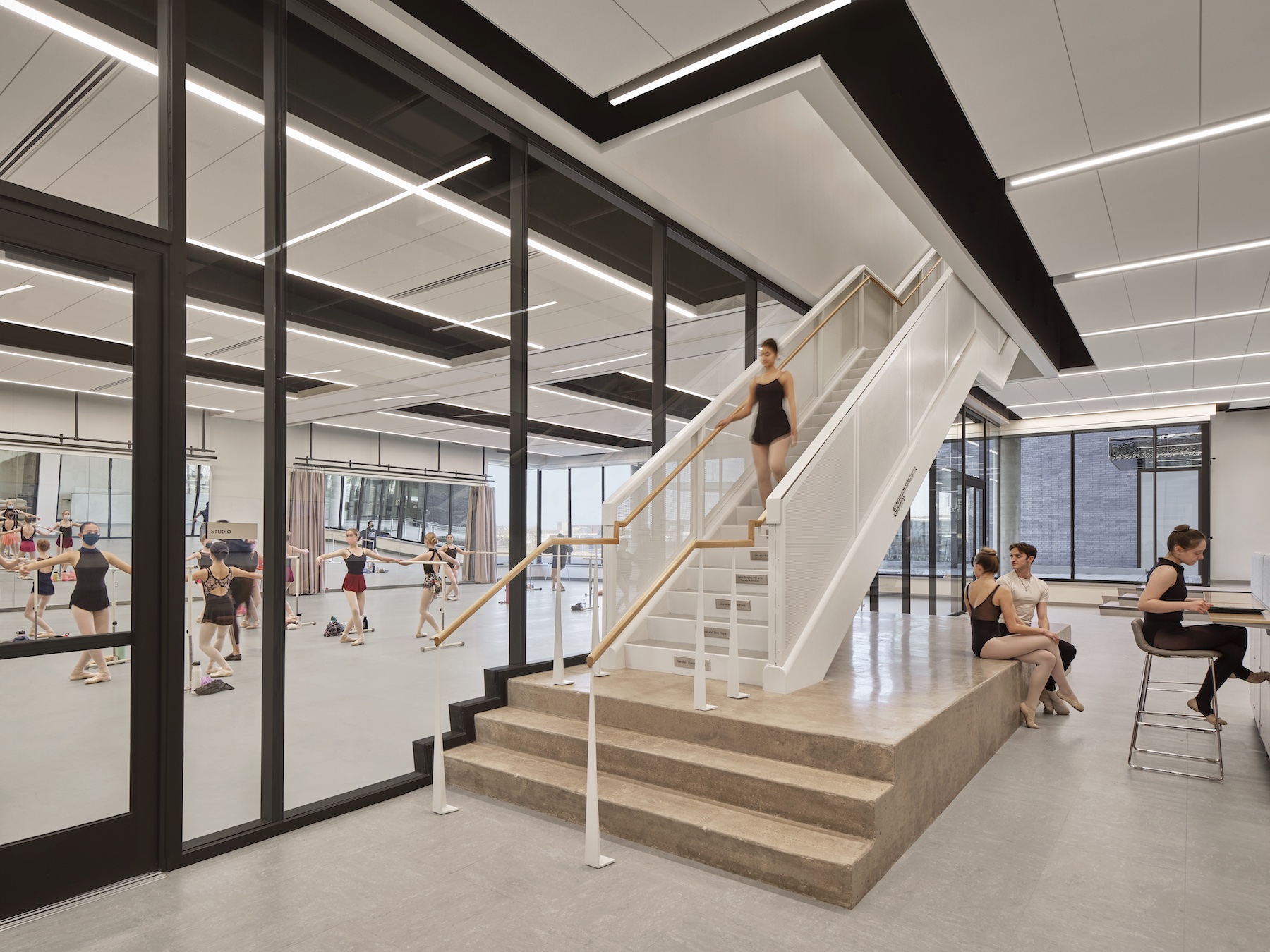
•The Hall provides a 22,000-sf two-story home for Ballet Lubbock that has its own separate entrance, and includes a large rehearsal space, physical therapy room, offices, smaller practice area, and a digital interface for parents to watch their children practice.
The Hall also offers other flexible rehearsal and performance spaces, two multipurpose rooms, and a restaurant.
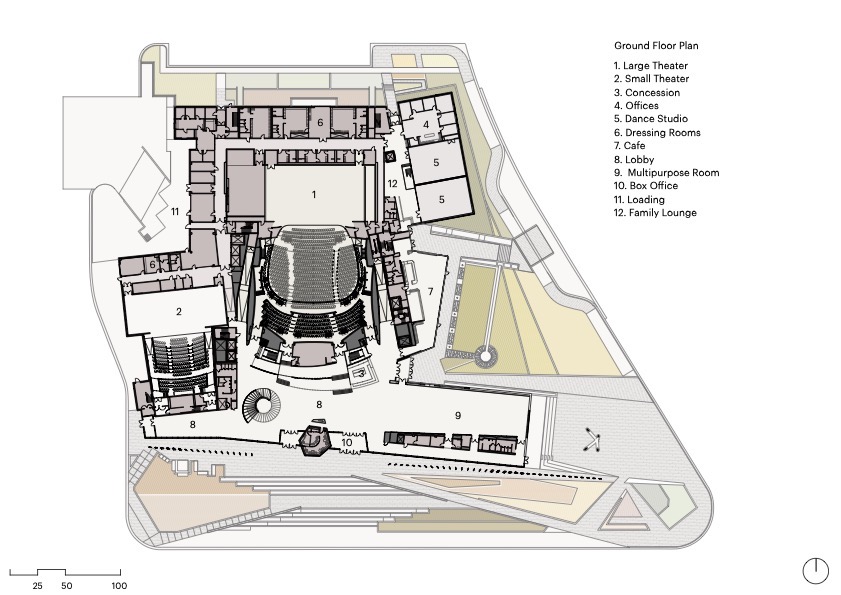
Related Stories
Building Team Awards | Jun 14, 2017
3D-printed office: Office of the Future
Dubai kicks off 3D-printing tech initiative with a novel office project.
Building Team Awards | Jun 14, 2017
A space for all: Lighthouse for the Blind and Visually Impaired
Nonprofit HQ fitout improves functionality, accessibility for blind and low-vision individuals.
Building Team Awards | Jun 13, 2017
Government campus reimagined: Intelligence Community Campus
Building Team converts 1940s campus into a sleek, modern home for U.S. intelligence agencies.
Building Team Awards | Jun 13, 2017
Secluded sanctuary: Alnoba leadership training center
Leadership training center becomes New England’s first Passive House building.
Building Team Awards | Jun 12, 2017
Circles and squares: Faena Arts Center
Silver Award: The Faena Arts Center’s forum is divided into two volumes, one a cylinder, the other a cube.
Building Team Awards | Jun 12, 2017
The right prescription: University of North Dakota School of Medicine & Health Sciences
Silver Award: North Dakota builds a new medical/health sciences school to train and retain more physicians.
Building Team Awards | Jun 12, 2017
Texas technopark: TechnipFMC John T. Gremp Campus
Silver Award: TechnipFMC’s new campus marks the start of a massive planned community in north Houston.
Building Team Awards | Jun 8, 2017
Quick turnaround: Partners HealthCare
Silver Award: A 2½-year project brings Partners HealthCare’s sprawling administrative functions under one roof.
Building Team Awards | Jun 8, 2017
Raising the bar: Zurich North American Headquarters
Silver Award: Forgoing a typical center-core design, the Zurich North America Headquarters rises 11 stories across three stacked bars.
Building Team Awards | Jun 8, 2017
Team win: Clemson University Allen N. Reeves Football Operations Complex
Silver Award: Clemson gets a new football operations palace, thanks to its building partners’ ability to improvise.


